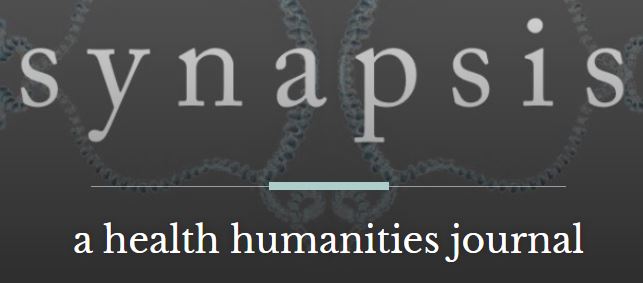This course will focus on the structure, meaning, and function of fairy tales as they keep being told, curated, edited, written and re-written, illustrated, performed and being turned into film, crossing back and forth from popular culture to high art and back; in other words, we will study the fairy tale in relation to practices of adaptation. In terms of the corpus of fairy tales, we will focus primarily on the collection by the Brothers Grimm, the Romantics’ take on popular culture (Wordsworth, Tieck, Arnim, Brentano), questions of translation and Rackham’s superb 19th century illustrations (which are available in Columbia’s rare book library) but we will also look at two French adaptations of Beauty and the Beast (both Mme de Beaumont’s narrative, and Jean Cocteau’s film), Angela Carter’s and Margaret Atwood’s feminist fairy tales, as we will also contrast Disney’s Snow White with the recent black and white Spanish film Bianca Nieve, and trace the transformation of the late medieval Melusine legend into Goethe’s “The New Melusine,” Hans Christian Andersen’s “Little Mermaid,” Disney’s Little Mermaid and Myasake’s Ponyo. We will study, how the fairy tale has been used by Romanticism, folklore studies, narratology and structuralism, psychoanalysis, feminism, the Frankfurt School and queer studies, how it has been deemed too dark for children or perfect for their instruction, politically oppressive or subversive, part of a consumerist mass culture or a reservoir of utopian potential. Thus we will focus on a range of specific discursive contexts that both drew on fairy tales as they also let themselves be shaped by them. This course has no prerequisites and is open to undergraduate and graduate students.
The Heyman Center for the Humanities, Room B-101
74 Morningside Drive
New York, NY, 10027
(212) 854-4541
(212) 854-3099


